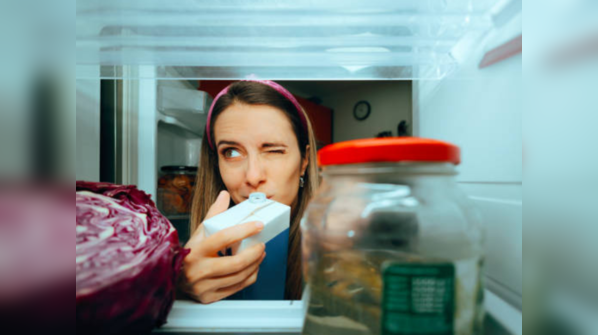Is it safe to eat foods after their expiry date? Here’s what you need to know

Is it safe to eat foods after their expiry date? Here’s what you need to know
You open the fridge, spot a half-used tub of yogurt or an old box of cereal, and squint at the tiny label. It says things like “Best before,” “Use by,” or “Expires on.” And just like that, the same question pops up: Can I still eat this? The answer? Sometimes yes, sometimes no—but there’s more to those dates than you might think. They’re not always about safety, which can make things confusing. Let’s explore what these labels really mean and how to tell what’s still good.

Understanding those expiry dates
Let’s break down what those dates on your food really mean. A “best before” date is more about quality than safety. It tells you when the food will taste and feel its best—kind of like its prime time. After that, the flavour or texture might dip a bit, but it’s usually still fine to eat. “Use by” dates are a different story. These are about safety, especially for foods like milk, meat, and fresh juices. Eating them after the date can actually be risky, so it’s best not to take chances. When in doubt, it’s safer to skip it than get sick.

When it's likely still good to eat

Know when to let it go

Use your senses, but stay cautious

Balancing food waste and safety
It’s all about finding balance. We don’t want to waste food, but safety should always come first. Knowing when food is still good versus when it’s gone bad helps you make better choices—and saves money too. Tossing food too soon can be wasteful, but eating spoiled food can cause bigger issues. If it’s just a day or two past the "best before" date and looks fine, it’s usually fine to eat. But for items that spoil quickly, like dairy or meat, it’s smarter to be cautious and not take chances. A little food waste here and there is worth avoiding health problems.








